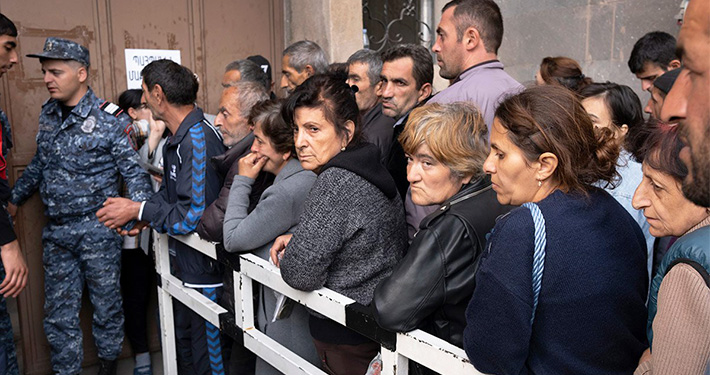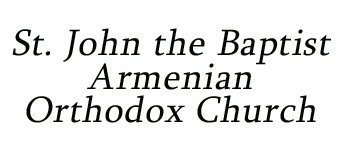EVENTS FOCUSED ON ARMENIAN GENOCIDE THEN AND NOW
BY DAVID LUHRSSEN, APR. 17, 2024

Armenian refugees fleeing Artsakh in 2023 – by Winslow Martin
The last several years have seen peace and stability shattered across the world. Putin’s invasion of Ukraine occupied headlines, until pushed aside by Hamas’ terrorist attack on Israel and Israel’s assault on Gaza. But there have been other bloody conflicts ignored by the American media and America’s politicians.
Last September in the Caucasus Mountains of the former Soviet Union, Azerbaijan attacked a self-governing enclave called Artsakh (Nagorno-Karabagh), forcing more than 100,000 Armenians to flee a land inhabited by their ancestors for centuries. American photographer Winslow Martin was there, documenting the aftermath. Martin will speak and display photographs of the Armenian refugees as part of a day-long seminar at UWM on April 27, and as the primary speaker at St. Mesrob Armenian Orthodox Church in Racine, noon on April 28.
While on assignment, the Massachusetts-based photojournalist met an Armenian Orthodox priest and accompanied him to Armenia in 1999, “the beginning of a long journey that has had many chapters,” Martin says. He describes the country and its people as “a topic with deep historical interest, an amazing place, people were so open and welcoming. They meant it when they said, ‘Come back.’”
Martin had visited Artsakh and photographed the enclave in 2003 and 2008, when the region was a bustling place, “recovering,” in his words, from conflicts with its better-armed neighbor, Azerbaijan. He was nearby, in the independent Armenian Republic, in 2023, exhibiting his photographs at the Historical Museum of Armenia in the nation’s capital, Yerevan. According to Martin, he was “the first living person to have exhibited there,” in a repository representing the culture’s 3,000-year history. Martin wasn’t alone in his surprise at the ferocity of the sudden Azeri attack on Artsakh, which drove virtually all of its residents across the border as refugees in the Armenian Republic.
“I photographed funerals, families, hospitals, grieving parents,” Martins says, and his presentations will give “an impression of what I saw up close and personal.” Within a week or two, tens of thousands of refugees from Artsakh “were welcomed, helping-handed—there was no tent city for more than a week. It was remarkable. There is hope in seeing how communities come together.” He adds that many of the refugees will blend into Armenia’s workforce and economy, but resources are slender. From the U.S. and the West, “lots of talk little action,” he continued. “Geopolitical self-interest is rigged against A.” “More people should know about this.”
The UWM event, “Teaching About the Armenian Genocide,” is focused on the 1915 genocide that killed 1.5 million Armenians in the Ottoman Empire. It’s primarily geared towards educators and students who will become educators, providing them the knowledge, resources and tools to incorporate Armenian related events into the classroom, but is open to the public. For more information, visit UWM’s Institute of World Affairs at uwm.edu/iwa. The event at St. Mesrob will include lunch and is open to the public.
Posted from Shepherd Express
David Luhrssen
David Luhrssen lectured at UWM and the MIAD. He is author of The Vietnam War on Film, Encyclopedia of Classic Rock, Mamoulian: Life on Stage and Screen, and Hammer of the Gods: Thule Society and the Birth of Nazism.


